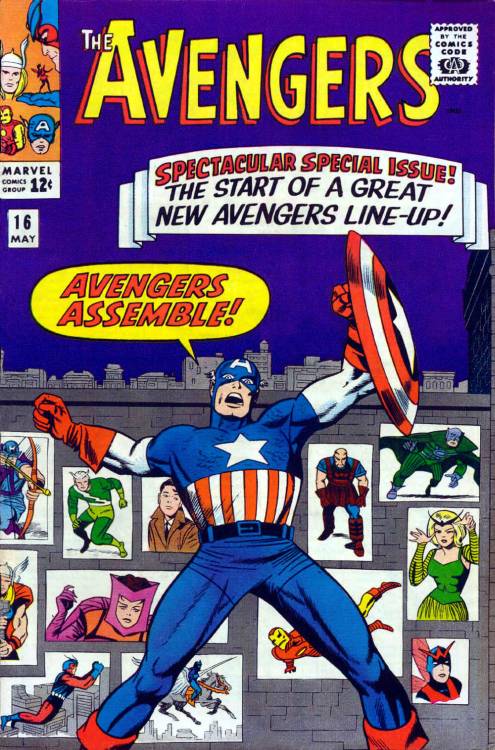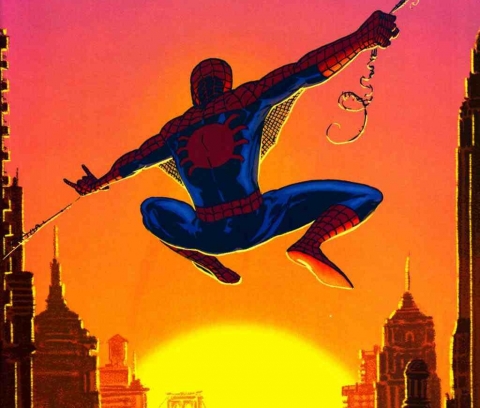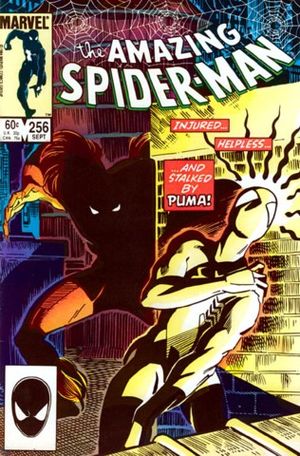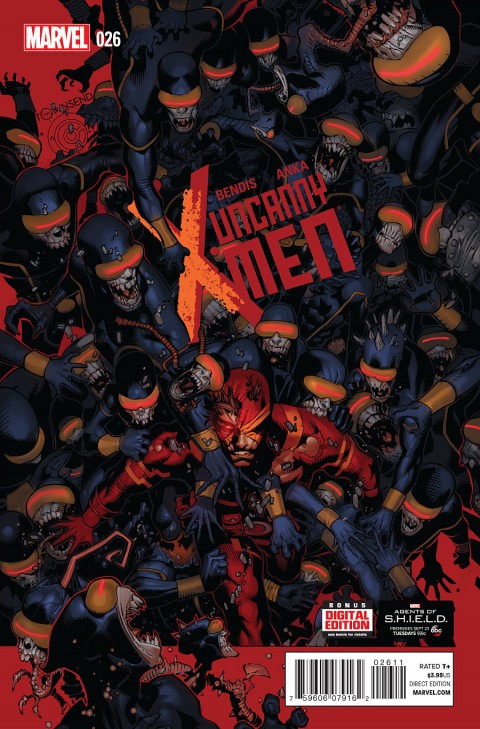The Avengers are in the spotlight right now, mainly because of the movie, “Avengers: Age of Ultron” which is currently screening in theatres. I loved the story and character development in this second Avengers instalment so I’m going to write about the early Avengers comics in this article. I’m going to reflect on how the Silver Age Avengers characters and interactions were so complex that we could draw real life “adult world” lessons.
I have to remind myself and other readers that comic books in the 1960s were much different than our modern-day comics. In the 1960s, comics were considered a medium for children, and DC’s stories at this time appealed primarily to children. However, Marvel was different. As many readers already know, Stan Lee, Jack Kirby, Martin Goodman and the other Marvel comic creators revolutionized the industry by depicting superheroes who had the foibles, flaws, and angst of regular people. Marvel’s complex stories and adult-focused topics found a big audience among college and university students in the 1960s. Meanwhile, it can be argued that Silver Age DC comics appealed mainly to children. Nowadays, my adult brain is still digesting comics, and I can still relate better with Spider-Man’s money issues or the X-Men feeling like outsiders, more than I can with say Superman’s sensitivity to hearing every single sound in the world.
As I dug through my old Silver Age Avengers issues, I was really surprised that the Avengers were displaying “adult world” behavior that you would find in a company boardroom, in a press gallery, or in an H.R. department. I’m going to focus on the Avengers #10 (first appearance of Immortus) and Avengers #16 (debut of a new Avengers team) to demonstrate some examples.
In Avengers #10, the story starts with Giant Man, the Wasp, Thor, Captain America and Iron Man finish a strenuous workout. They then decide to discuss team matters in a boardroom meeting. During this meeting, Captain America is upset that Iron Man proposed making Rick Jones a full member of the Avengers. Cap is still haunted by the death of his young friend and sidekick Bucky (Boy! Little did he know…Thanks, Ed Brubaker), and he doesn’t want the youngster Rick to meet the same fate as Bucky Barnes.
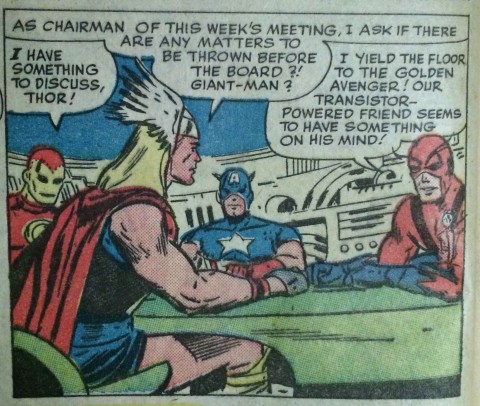
This whole incident only covers 5 panels, but Stan Lee and Don Heck are not finished with the parallels, because the next page has five panels showing the Masters of Evil holding a parallel team meeting of their own, as they’re plotting a scheme to destroy the Avengers. The Masters of Evil’s team meeting mirrors the one that the Avengers just had in the previous page! And Stan Lee and Don Heck know when to pick up the pace. After all, who wants to read an Avengers comic that only focuses entirely on boardroom meetings? So the whole team meeting motif ends abruptly with the arrival of the mysterious Immortus, who is immediately confronted by Baron Zemo and his Masters of Evil.
I feel that the Avengers team meetings can be rich and instructive–these scenes could easily be adapted by a company wanting to create a seminar or PowerPoint presentation on employee team-building. I have to be the first to admit that these early Avengers issues are not without their flaws. For example, the Wasp doesn’t get to speak during the boardroom scene in this issue, and Immortus’ motives are really unclear. However, the fact that these “adult world” ideas were explored by a comic book is remarkable. This issue has some decent fight scenes with historical figures from the past, and it ends with Captain America arriving in time to help his team defeat the villains.
As we fast forward to Avengers #16, the Masters of Evil, minus Baron Zemo (he died in issue #15), are handily defeated by the Avengers. However, in the glow of this recent victory, there is turmoil within the team because each team member has personal matters to attend to. Thor returns to Asgard to deal with the Trial of the Gods, the Wasp is tired of the superheroine’s life of danger and she wants to lead a normal life, and Iron Man is taking a break too from the Avengers. Before Iron Man leaves, he secretly interviews (as Tony Stark) Quicksilver and the Scarlet Witch and is convinced that they would make good team members. Also, a reformed Hawkeye demonstrates his skillfulness with arrows, and he convinces the original Avengers to let him join the team.
This issue is fairly light on action and could be considered boring in terms of all the dialogue, but it is an interesting exploration of the world of employment: it has a lot of modern parallels to corporate succession planning and interviewing for a job. The ideas discussed in this issue are incredibly relevant today, especially in today’s world of financial instability and chronic unemployment. I am in the midst of a career change at the moment and I empathized with the Scarlet Witch and Quicksilver feeling that they are not qualified candidates or Hawkeye trying to shake his checkered past to join the team. Also, I liked how Tony Stark played “undercover boss” to interview Wanda and Pietro.
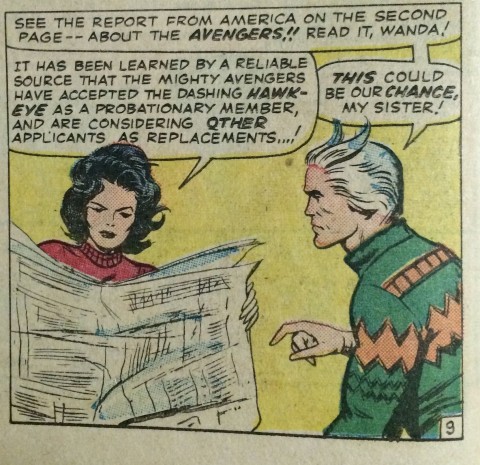
On the other side of the ledger, issue #16 depicts Iron Man, Giant Man, and the Wasp acting like a Human Resource department, screening potential candidates. Iron Man is disappointed that the Hulk left the “company” if you will, and he’s not coming back. The organization will have to make do with employees who have different skill sets, different from the brute strength skills of the previous “employees” (Thor and the Hulk).
Avengers #16 focuses mainly on these employment themes, but it also has interesting discussions about public relations and dealing with the press, which I don’t have time to delve into. In closing, there is so much depth and cultural meaning in these issues that one can miss them upon casual reading. Again, these early Avengers issues have their flaws too–the attitudes towards women are outdated and the dialogue and plot can are corny at times. However, these characters’ “cool factor”, complexities, and motivations far outweigh any weak moments in the plot or character. Joss Whedon was correct to focus on the team dynamics and inter-relationships in the Avengers movies. These early Avengers issues were the source material for the current Avengers pop culture juggernaut. Stan Lee, Jack Kirby, and Don Heck nailed all of our “adult world” concerns: how to get along with co-workers, how to get back at a co-worker you don’t like, how to quit gracefully, how to get hired. The lessons are all there in these early issues. I hope that the corporate world is paying attention to these comics: there are some great lessons to draw upon.

